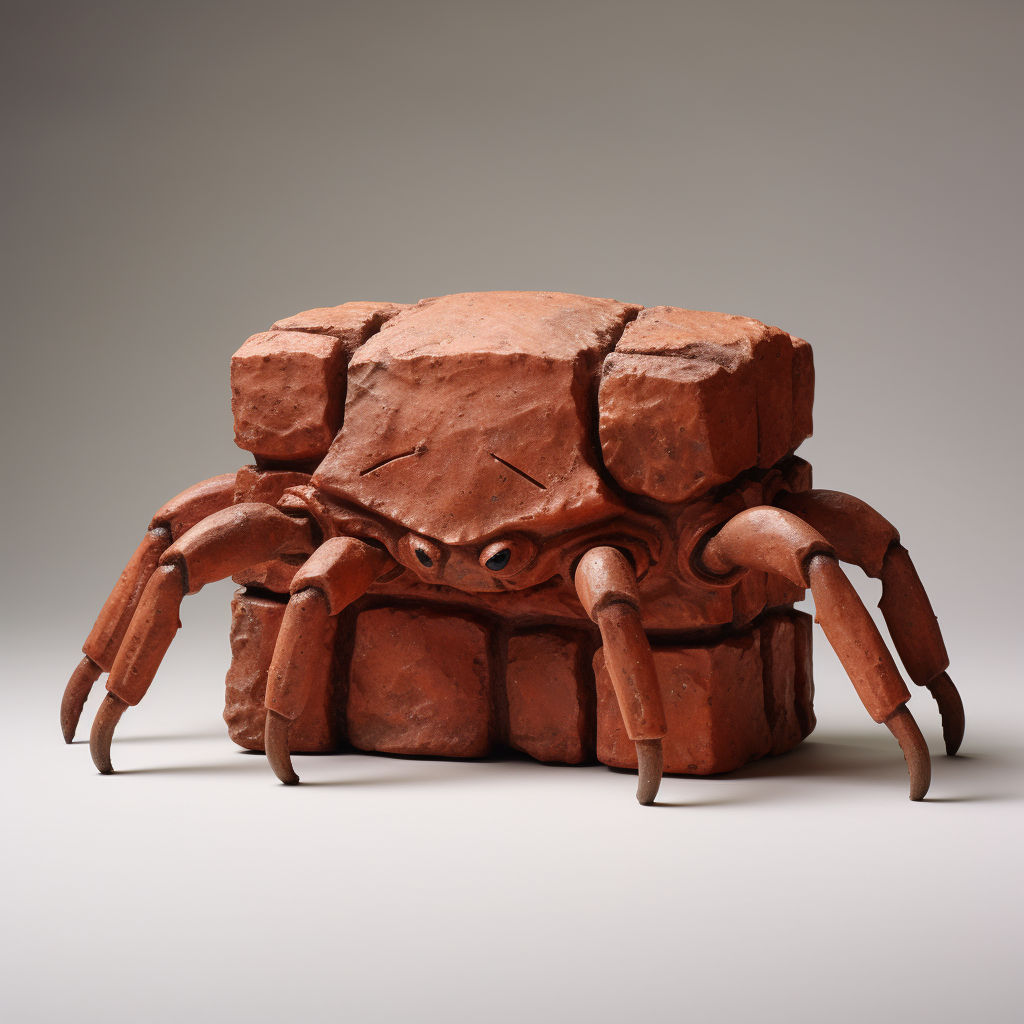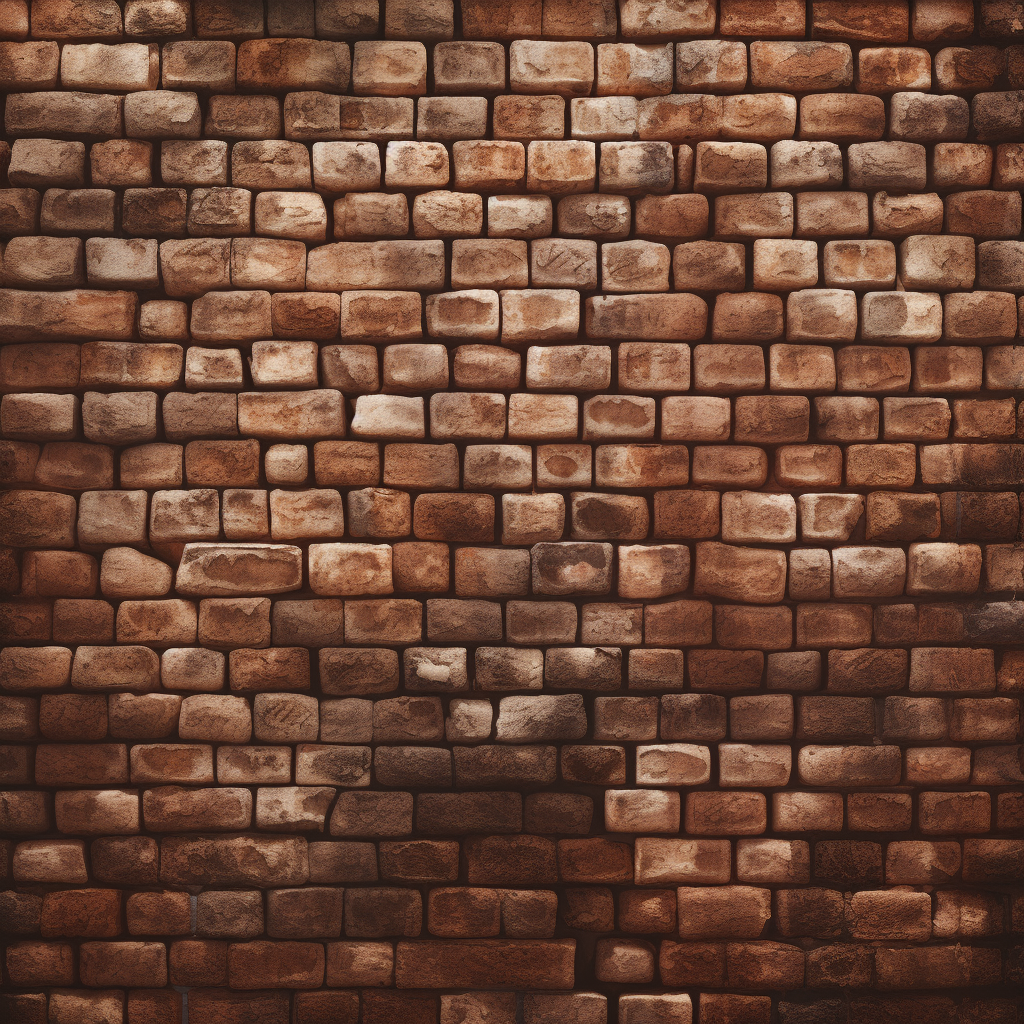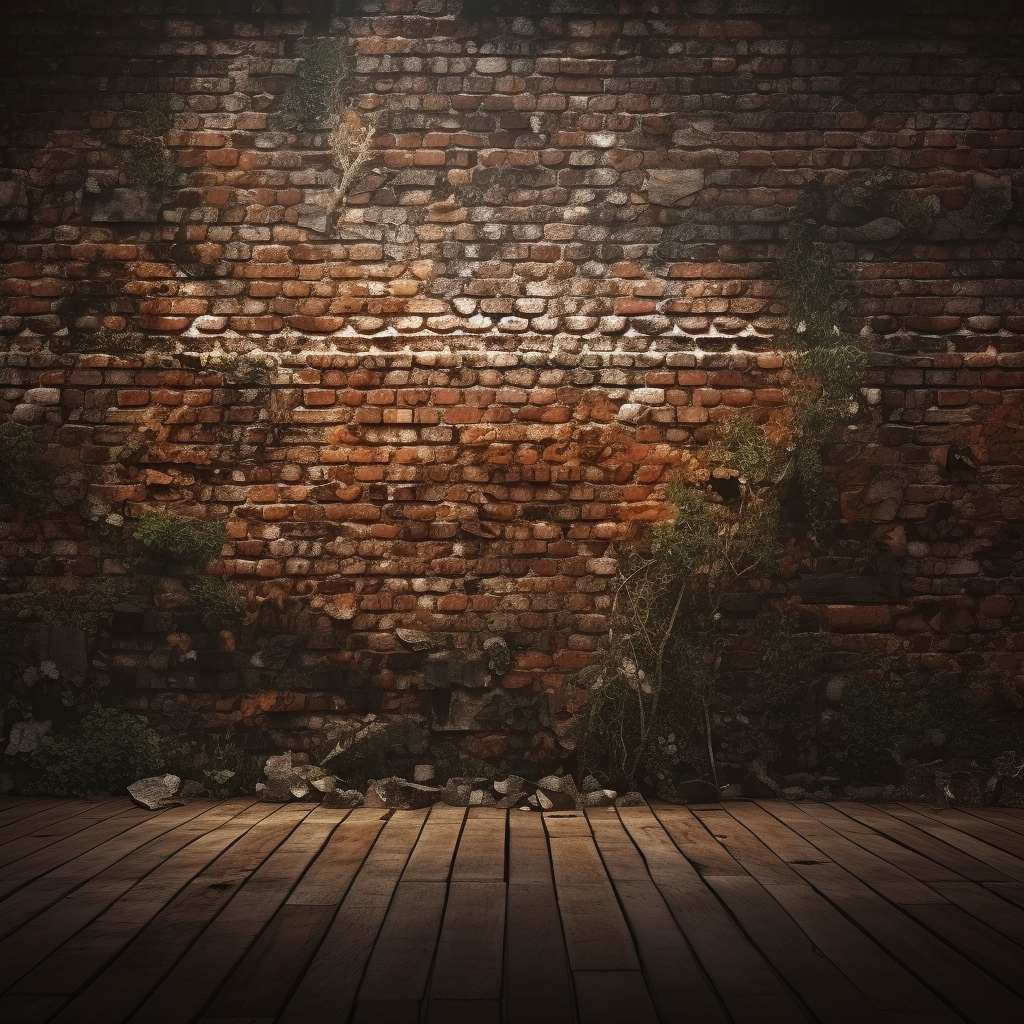Compendium Entry #1

After months of careful observation, I’ve documented one of the most remarkable examples of reverse-carcinization: the Wall Walker. This creature challenges everything we think we know about evolutionary adaptation, demonstrating an unprecedented ability to integrate itself into our urban infrastructure.
Common Names: Brick Wall Walker, Brick Crab, The Brick
Family: Reversocrabanidae (Reverse-Carcinization Crabs)
Genus: Urbacrabus (City Crabs)
Species: Murariusabulus (Wall Walkers)
Variety: Lapidarius (Brick)
Description:
The Wall Walker measures 3-7 inches across, though exact measurements are difficult to obtain due to their perfect camouflage. Their exoskeleton has evolved beyond mere mimicry. It has become structurally identical to construction-grade brick, down to the molecular level. Their legs have developed specialized retraction mechanisms that allow them to maintain an unbroken wall surface when stationary.


This variety’s most distinguishing feature is its brick-like shell. This adaptation not only provides an impenetrable disguise but also serves as a formidable defense mechanism against potential predators. Moreover, the Wall Walker has evolved highly sensitive eyes, capable of detecting the faintest of movement.
What truly sets this species apart is its metabolic control. Through continuous monitoring, I’ve documented Wall Walkers remaining in a state of suspended animation for over 47 months. Military interest in this capability is evident – I’ve tracked numerous unmarked vehicles collecting specimens from construction sites, and several research facilities have suspicious “brick testing” laboratories.
Wall Walkers are strictly nocturnal, though “nocturnal” barely describes their level of stealth. In over 2,300 hours of observation, I’ve only witnessed movement three times, always between 2:00 and 4:00 AM. They feed primarily on small insects and organic matter, but their efficient metabolism means they rarely need to move at all.



These creatures favor older urban areas with extensive brick architecture. I’ve identified particularly high concentrations in historic districts and, tellingly, around government facilities. The age of the building appears crucial – newer structures show almost no Wall Walker activity, suggesting they require specific environmental conditions we don’t yet understand



One Response